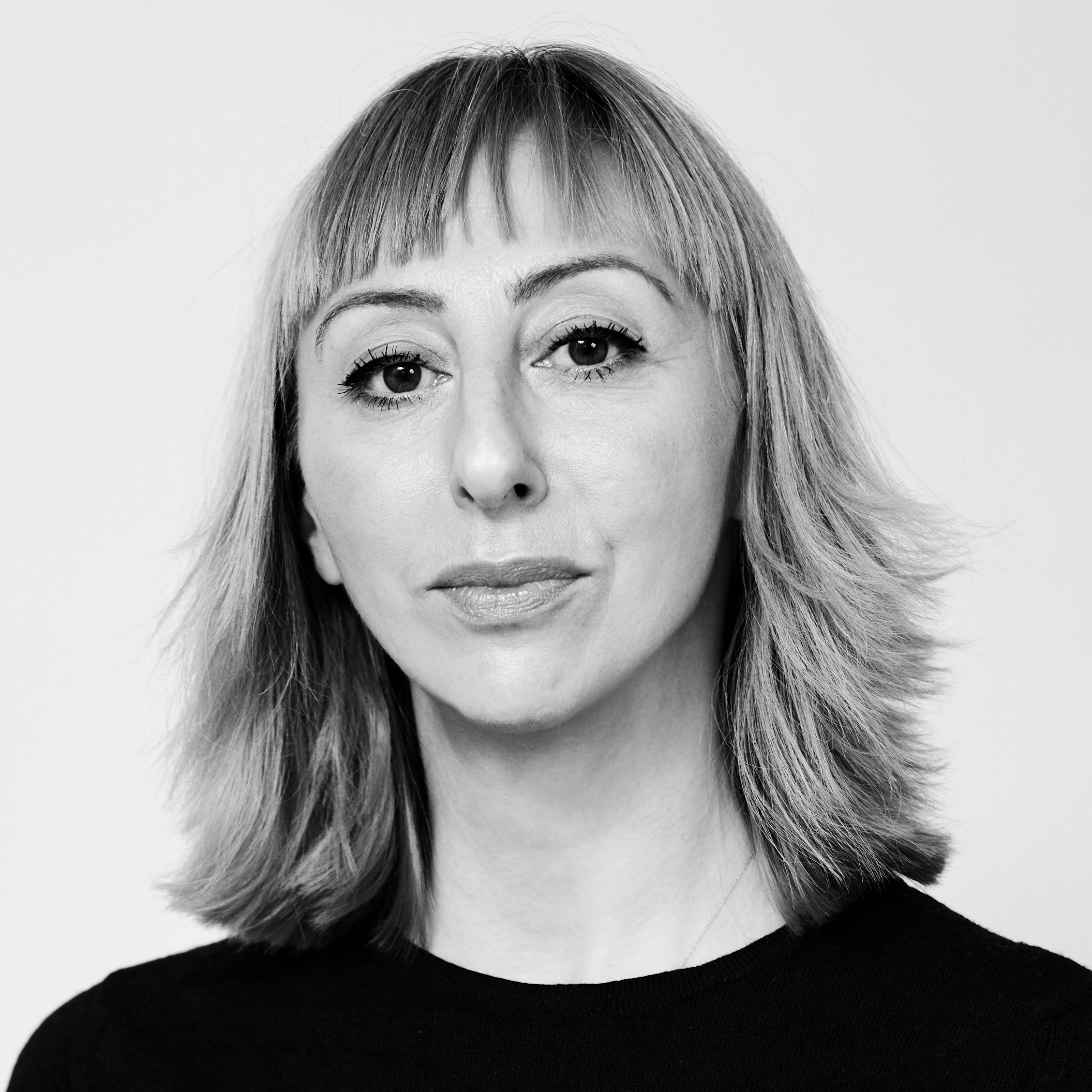Childhood photographs of me suggest the unlikely birth of a twinkling Aryan king. My hair was so blonde it was almost transparent. When I got to secondary school I started to dye it. We would take the tube a whole hour to Kensington Market, which by the mid-90s was a dusty maze of patchouli and studded leather, to spend our pocket money on small pots of Crazy Color hair dye.
This was a time when punks still stalked Camden with green mohicans, offering tourists photos for cash, but bright hair dye was hard to come by, and, lined up on a dim jewellery stall, these pots held the allure of a transgressive sweetie. One day I got called into the headmistress’s office, where she was phoning my mother to come and pick me up – I was being suspended. “Did you know,” she said into the handset in a clipped St Trinian's tone, “that Eva had dyed her hair lilac?” Well yes she did, I wanted to say, in fact she did it for me last night over the sink, but I didn’t see any benefit in getting her into trouble too.
I have been thinking about this recently because, for the first time in maybe 30 years, I am presenting once again, as a “natural blonde”. This is a lie that requires me to acknowledge the spectrum of meaning upon which blondeness exists, taking in class, race, desire, age and ambition, and then my irritation at being seen to engage. I dyed my hair for decades after being suspended from school – there were many years attempting Debbie Harry’s elusive silvery blonde or a brassy sort of peach, but (having scorched my scalp over too many bathtubs) emerging more often with my head bright Woodstock yellow. There were moments of blue, and pink, of course, and repeated attempts at pastels, then (with a discount voucher someone gave me in the Brighton Lanes) an ill-advised set of chunky lowlights.
As my natural colour dirtied and darkened beneath the dye, I bleached it violently in order to colour it red, until suddenly I was of an age where the shade made me look like a wronged divorcee. So since then I’ve been aiming for the colour of a clean 2p piece, a bright copper. Except the thing with copper is, it washes out fast, something about how the red dye molecules are larger than those of other dyes, so they don’t penetrate the hair as easily. Which means unless I colour it every few weeks at great effort and expense, I end up looking blonde, against my will.
But it’s interesting to look in the mirror and see, with some disturbance, a whole story about power perched softly above your eyes. Today, the Maga blonde bleaches her hair as an act of hyper-femininity, to show deference to conservative gender roles and embrace glamorous conformity. Someone with a more “natural” blonde tone (Taylor Swift rather than Tiffany Trump) traditionally skews to the left, their hair defining them as more approachable, less ambitious, their femininity imbued with youth. The story shifts but the colour remains, and every season brings with it a new language for blonde hair, itself an international language. This month and every month, fashion magazines present a new series of words like this year’s “sunkissed blonde” or “toasted sand” (“We’re calling it!” a recent shared post exclaimed, “This is the colour the cool girls will be going this winter!”), to describe minute variations in shades of darkened yellow. The trend’s called blonde, love, and it has been for some time.
In a recent book British Blonde: Women, Desire and the Image in Post-War Britain, cultural historian Lynda Nead looks at four women – “blonde bombshell” Diana Dors, Ruth Ellis (the last woman to be hanged in Britain), Barbara Windsor and the pop artist Pauline Boty. Through their stories Nead explores the mythology around what it means to be blonde, and how a hair colour became a complex symbol of racial superiority, desirability and danger, “suggesting both absolute purity and utter artifice”. As we saw this year when Millie Bobby Brown got butchered online after walking out with blonde hair and brown roots, a certain discomfort is still attached to the British bottle blonde whose dark roots, says Nead, “expose the breach in the feminine masquerade”. If you look like you’ve tried, you see, then you’ve already failed. The larger project is (as with much of womanhood) to pass.
There is a continuing mythology around female blondeness that maintains ingrained stories about what it means to be blonde, while often ignoring the dull, expensive labour it involves for 99% of those who present as such. Like me. Every now and then a friend will say they like my new hair, and I am clinically unable, grimly unwilling, to just say thank you. No, I’ll hiss, you don’t understand. This is not my new hair, this is my hair in limbo. This is not me, this is not intentional, this is an unhappy result of Pantene shampoo, sunlight and the chemical limits of box dyes. You’re embarrassing yourself, Julie. But writing this down is helpful. It reminds me that one of the many complicated privileges of blondeness is that tomorrow, with my Boots meal deal, I can buy a whole new identity.



